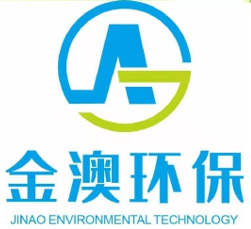1. Check before startup: (1) Check that all pipelines and valves are in normal working condition. (2) Check that the metering pump and agitator of each dosing equipment are in normal working condition. (3) Check that the electrical equipment is in normal working condition. 2. Proportioning and dosing methods of various reagents (common reagents are listed in this paper): (1) Sodium hydroxide (NaOH): used to regulate the pH value of water quality. Dispensing method: prepare according to 20%-25% of the weight concentration, i.e. 1 part of Medicine 4 parts of water or 1 part of medicine 3 parts of water. Dosage: controlled according to the requirements of pH value. PH shall be controlled at 7.8-8.5 during startup and 7-8 during normal operation. Dosing method: the dosing device can be specially configured, dosing pump can also be used for dosing, or it can be directly added in the tank. (2) Coagulant (herein referred to as PAC): dosing for coagulation sedimentation. Dispensing method: 10%-15% of the weight concentration, i.e. 9 parts of water for 1 part of medicine or 7 parts of water for 1 part of medicine., After the medicament is prepared, start the agitator to stir until it is uniform. Dosage: the dosage shall be determined after the water quality index test. Generally, the dosage of drugs prepared according to the above proportion shall be within the range of 20-50mg/l. Dosing mode: dosing with a specially configured dosing device, metering pump or directly in the tank. (3) Flocculant (PAM here): dosing for flocculation and sedimentation. Dispensing method: prepare according to 1%-2% of weight concentration, i.e. 99 parts of water for 1 part of medicine or 98 parts of water for 1 part of medicine. After the reagent is prepared, start the agitator and stir it for at least 1.5-2 hours to make it mature before use. Dosage: the dosage shall be determined after the water quality index test. Generally, the dosage of drugs prepared according to the above proportion shall be within the range of 5-10mg/l. Dosing mode: dosing with specially configured dosing device and metering pump. (4) Nutrients (here refers to N and P nutrients): nutrients shall be added to industrial sewage lacking nitrogen and phosphorus. Nutrients are controlled according to the ratio of c:n:p=100:5:1. Reagent Name: Agricultural urea is used for nitrogen (n) and agricultural phosphate fertilizer (ammonium dihydrogen phosphate) is used for phosphorus (P) Dispensing method: prepare according to 15%-20% of weight concentration, i.e. 1 part of medicine 7 parts of water or 1 part of Medicine 4 parts of water. After the medicament is prepared, start the agitator to stir evenly before use. Nutrients can also be directly added to the pool. Dosage: according to the above carbon nitrogen phosphorus ratio. Dosing method: dosing with specially configured dosing device, metering pump or directly into the pool. 3. Precautions (1) All chemicals must be stored separately to prevent moisture. (2) The dosing equipment shall be inspected regularly and the sundries in the dosing tank shall be discharged regularly. (3) Regularly check the lubrication of the total volume pump of the mixer, and conduct maintenance once every three months.
Welcome to Guangdong jin'ao Environmental Protection Technology Co., Ltd website!Main business:Waste gas treatment equipment




